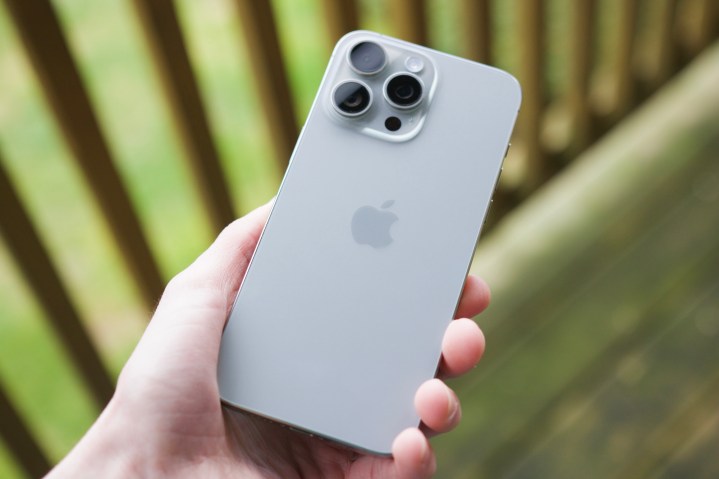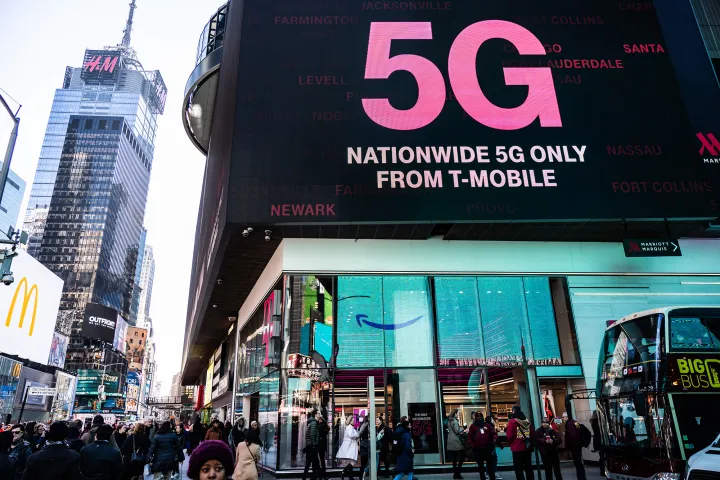
The U.S. Federal Communications Commission (FCC) has proposed a new rule that could eliminate one of the most frustrating aspects of smartphone ownership: carrier locking. FCC Chairwoman Jessica Rosenworcel wants to require mobile providers to unlock customers’ mobile phones within 60 days of activation, making it easier for consumers to switch providers.
The proposal, which will be discussed at the commission’s July 18 meeting, aims to help consumers by establishing universal unlocking requirements for mobile service providers. Carrier locking serves two purposes: deterring theft and encouraging customer retention, as a locked phone cannot be connected to another carrier.
Right now, carriers in the U.S. take different paths when it comes to mobile phone unlocks.
AT&T and T-Mobile lock all their phones until the customer pays them off. In contrast, Verizon locks phones for 60 days and automatically unlocks them. Other carriers also lock their phones until a set number of days have passed or until the phone is paid off.

In announcing her proposal, Rosenworcel explains: “When you buy a phone, you should have the freedom to decide when to change service to the carrier you want and not have the device you own stuck by practices that prevent you from making that choice.”
It will be interesting to see where this proposal goes and how it will ultimately affect the purchase of future smartphones, such as the upcoming iPhone 16 and Google Pixel 9 lineups.
During the July meeting, the FCC may consider adopting a Notice of Proposed Rulemaking to gather input from stakeholders about the proposal. After this, a new rule could be enacted and implemented.



